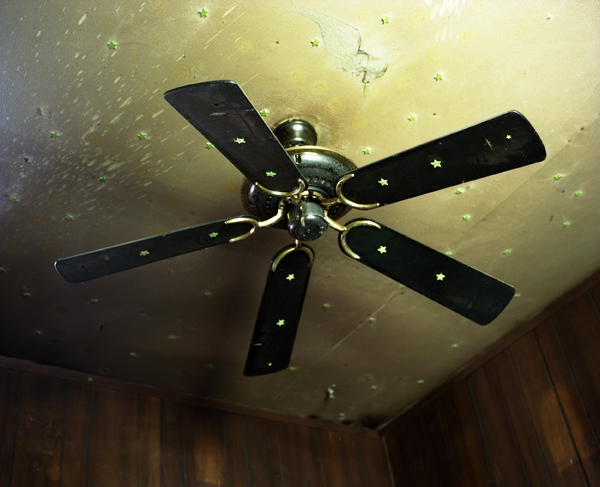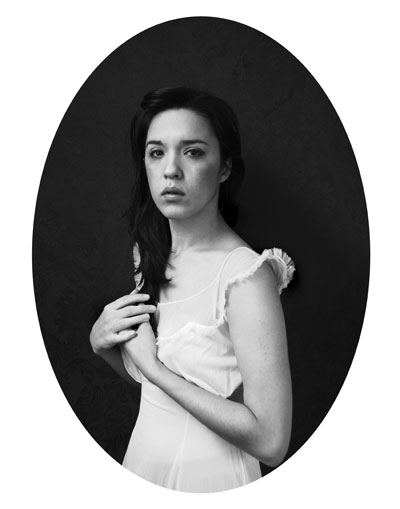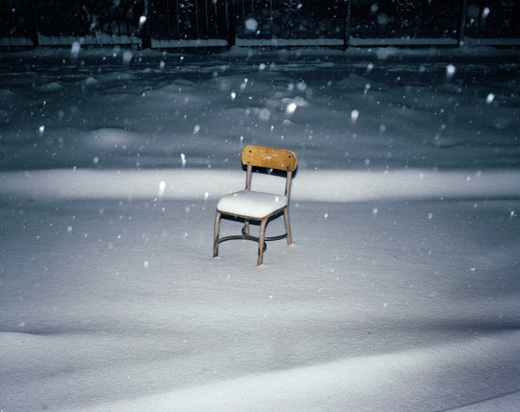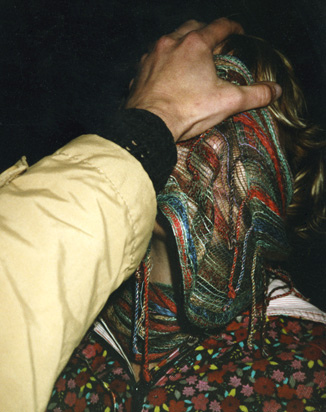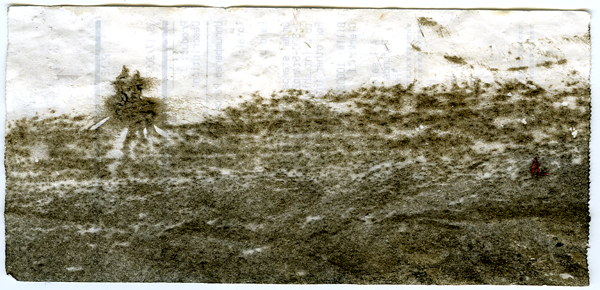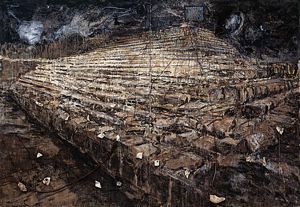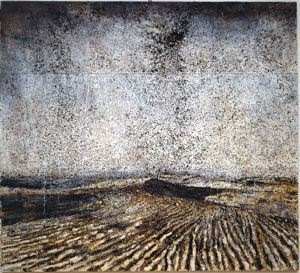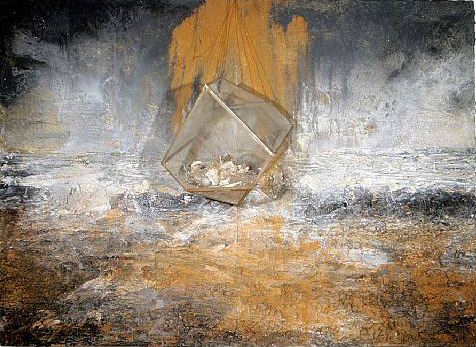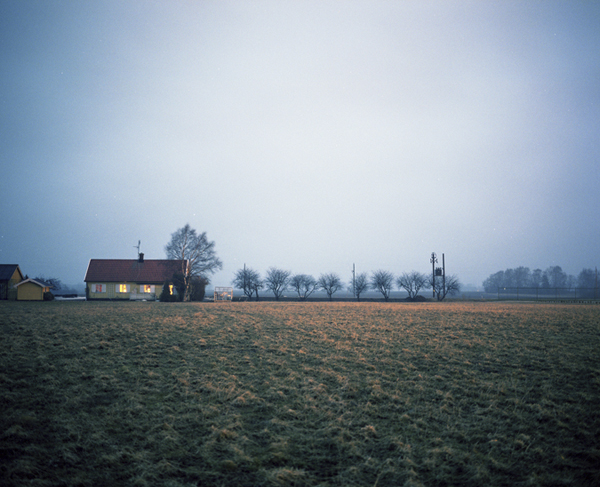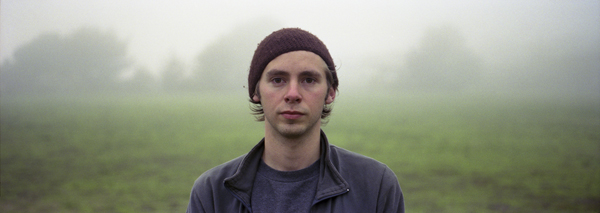Let Us Now Praise San Francisco
Comments: 0 - Date: August 6th, 2008 - Categories: Uncategorized

The San Francisco gallery Marx & Zavattero has an interesting exhibition up right now. The exhibition Let Us Now Praise San Francisco was co-curated by Robert Mailer Anderson, the show throws together new photography by Sean McFarland, Gregory Halpern and Whitney Hubbs and new works of fiction by local SF writers Victor Martinez, Peter Plate and Michelle Tea.
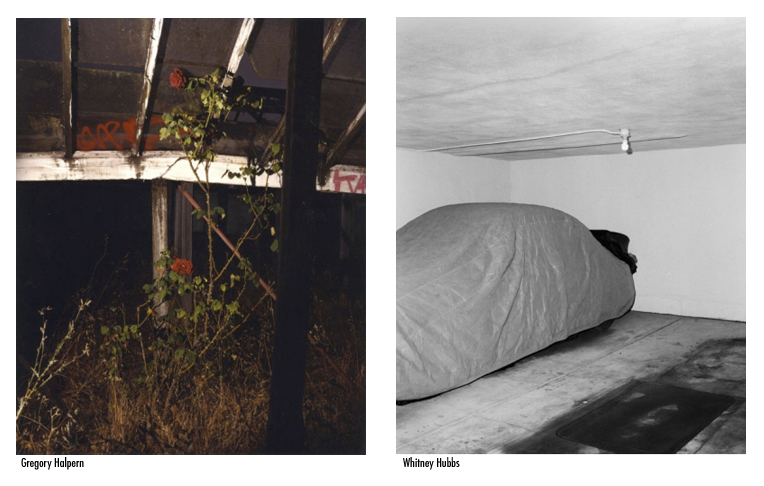
According to the gallery’s press-release:
The groundbreaking book Let Us Now Praise Famous Men – written by James Agee with photographs by Walker Evans – told the story of poor white sharecropper families in the Depression-era American South, and provides inspiration for this exhibit’s premise. The prose and photographs, completed and shot in late May and early June 2008, aim to chronicle an extremely timely and distinct artistic view of San Francisco ranging from its gloomy urban underbelly to its quiet, startling beauty. This atypical exhibition, merging contemporary urban literature and photography in a gallery setting, promises to provide images and stories, both real and imagined, of a San Francisco stripped bare and awkward in all its tragic and sublime contradictions.
I think it is a novel idea, and the combination of the photography and snippets of the short stories together on the gallery wall creates a lingering effect. If you have time, go and check it out it will remain up until August 18th.
